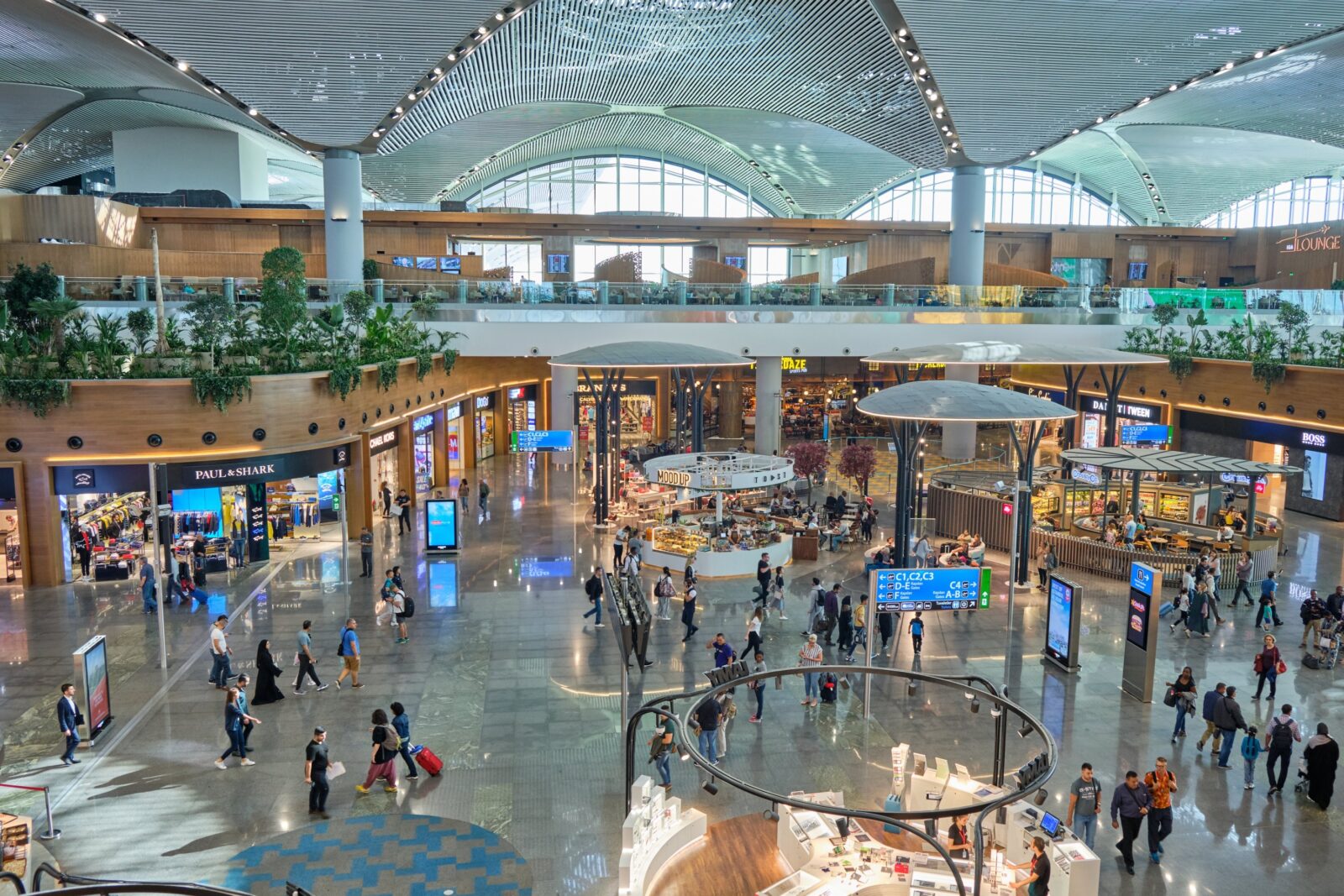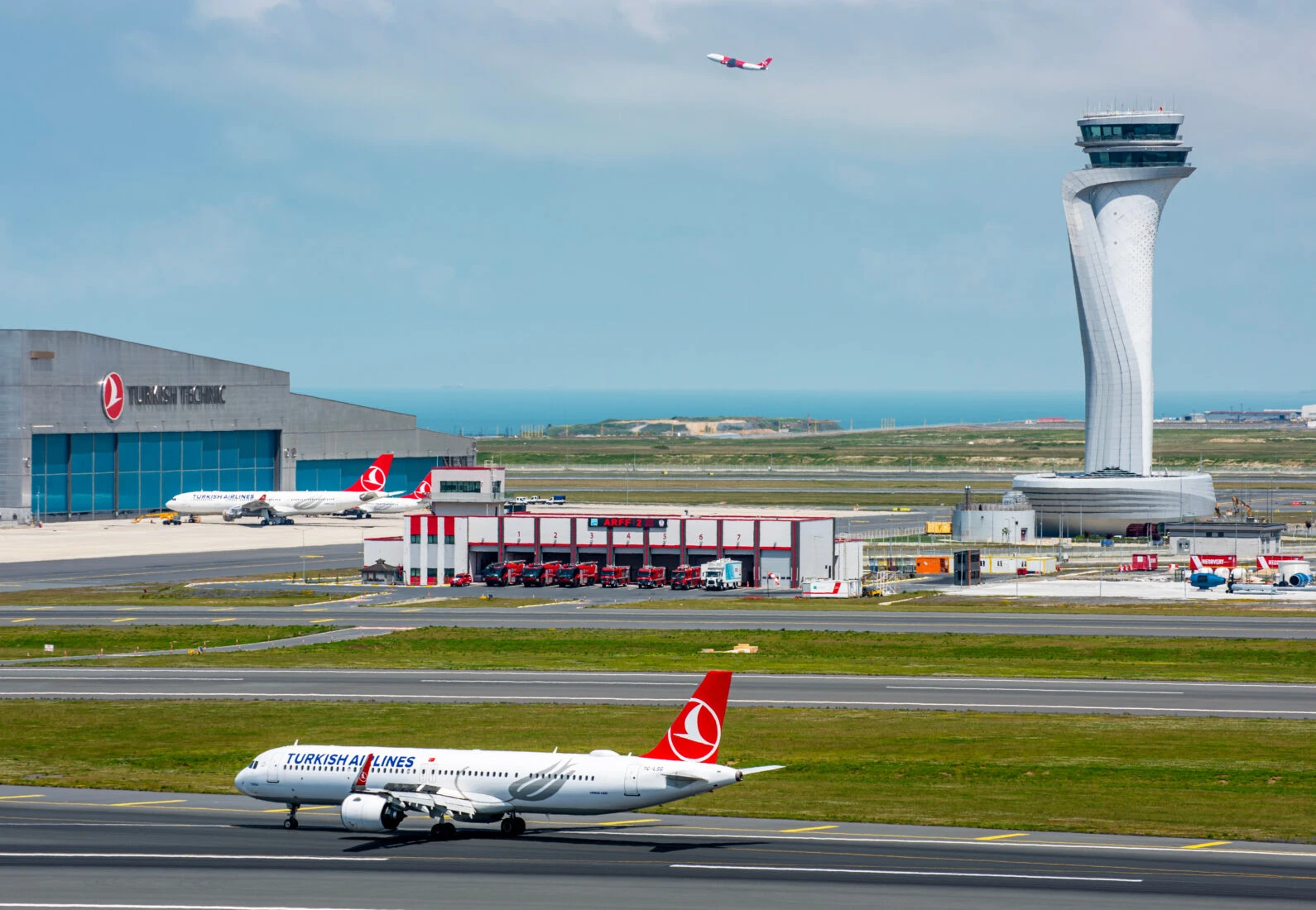Taking bird’s-eye view: Can climate change take your plane down?
 Commercial airplane landing.
Commercial airplane landing.
Being a turbulent year for the aviation industry, the year 2024 concluded with sky-rocketing fears: is climate change exacerbating aviation-related incidents? Are wild forest fires, outbreaks of uncharted diseases, erratic weather changes on land, and a takeoff of aviation catastrophes in the skies just the beginning of an end? We have just made it till February in 2025 and it seems like the year is off to a shaky start just like the previous one.
A seaplane crash in Australia on Jan. 7, a fiery evacuation in South Korea on Jan. 28, and a tragic mid-air collision in D.C. on Jan. 29 have brought all our fears back. While many still look out for a definite correlation between civil aviation disasters and climate change, researchers and experts believe that the connection between the two cannot be undermined—especially when air travel is trending more than ever.
‘Tighten up your seat belts’
It was much of a lesser-tapped subject until May 2022, when a Spice Jet flight from India’s Mumbai to Kolkata was struck by turbulence resulting in serious injuries with passengers reporting that the plane was literally “bouncing up and down like a ball.” Similarly, panic gripped the passengers aboard the Airblue flight from Pakistan’s Karachi to Peshawar in June of the same year when the plane was caught in inclement weather.
In May 2024, alarm bells rang again when Singapore Airlines experienced severe turbulence in clear skies, resulting in a fatality. The same month, around 12 people were injured due to severe turbulence during a Qatar Airways flight from Doha to Dublin right when food and drinks were served on the plane. Later in June 2024, an Air Europa flight from Spain’s Madrid to Uruguay’s Montevideo was diverted to Brazil due to turbulence over the Atlantic Ocean, leaving 30 injured. “Tighten up your seat belts on a plane” is what the experts suggest given the recurring turbulent flights.

Victim, not only the cause
Research shows the occurrence of Clear Air Turbulence (CAT)—the most dangerous type of turbulence causing the feeling of a sudden plane jolt or an altitude drop—is likely to increase significantly as the planet warms up. This kind of turbulence is usually unpredictable and tricky for pilots to detect. However, while severe turbulence can cause serious injuries, heart attacks, or even fatalities in rare cases, it’s not typically strong enough to bring down a plane.
Then why should you fret when boarding the aircraft? Well, there is enough evidence to prove that although jet travel isn’t grounded due to climate changes in the shorter run, its future faces inevitable threats. Precisely, air travel is not only fueling human-driven atmospheric changes but also gradually falling victim to it.
A study conducted at the University of Reading in the U.K. revealed that aircraft endure 55% more air turbulence than four years ago, and the situation will worsen further if the atmospheric shifts driven by climate changes are not taken care of. These incidents were reported on many high-traffic flight routes worldwide, including the ones in the North Atlantic, Europe and the U.S.

To understand the science of turbulence, scientists highlight the role of jet streams—fast-flowing, narrow air currents in the upper atmosphere essential for weather patterns and aviation. Planes use these streams to save fuel and time when flying with the flow. The temperature difference between the poles and the equator is reducing significantly due to global warming, leading to weakening jet streams and altered weather patterns.
According to the research conducted by the University of Chicago and the U.S. National Science Foundation National Center for Atmospheric Research (NSF NCAR), fast jet stream winds are expected to increase significantly in speed due to climate change, with the fastest winds speeding up 2.5 times faster than the average wind. This may eventually lead to an increase in severe weather occurrences, including storms, heavy rainfall and even tornadoes. In fact, extreme weather might have longer durations than usual, disrupting flight operations and even taking the fuel costs a notch up. So, if climate change will not necessarily take your plane down, it will definitely cause a dent in your pocket the next time you plan a trip.
Türkiye and climate fallouts
Climate change isn’t affecting all countries the same way globally, some take the heat more than others—literally. For example, drastic climate changes and resulting extreme weather events have affected Türkiye’s civil aviation sector, leading to operational delays, cancellations, and heightened safety concerns due to conditions such as heavy snowfalls, storms, and turbulence at times.

Although Türkiye has not yet experienced a direct aviation disaster attributed to climate change, global aviation incidents linked to shifting weather patterns—such as increased turbulence, flooding of airport infrastructure, and extreme temperatures—present themselves as a stark reminder of the risks posed by a warming planet.
Recently, there have been major floodings in Türkiye in different parts of the country, including Istanbul, which has one of the busiest airports in the world. Flooding can disrupt airport operations, infrastructure damages, delays, or flight cancellations. Similarly, higher temperatures and heat waves reduce the air density, making it difficult for the plane to take off. That, in turn, might imply some weight restrictions, delays, or cancellations of flights, especially in airports with shorter runways or high-altitude locations.
The strong winds and storms factor can also not be ignored. The increased frequency of severe storms and strong winds may create conditions that are unsafe to take off or land, thus leading to diversions—eventually causing prolonged delays in flights and a surge in operational costs.
The repercussions of the drastic climate changes are taking the aviation industry down for sure as experts warn that jet travel might become risky and costly if the right measures aren’t taken at the right time. Aviation authorities and airlines must improve their forecasting, develop resilient infrastructure and enforce strict safety measures to reduce the impact of climate change.



